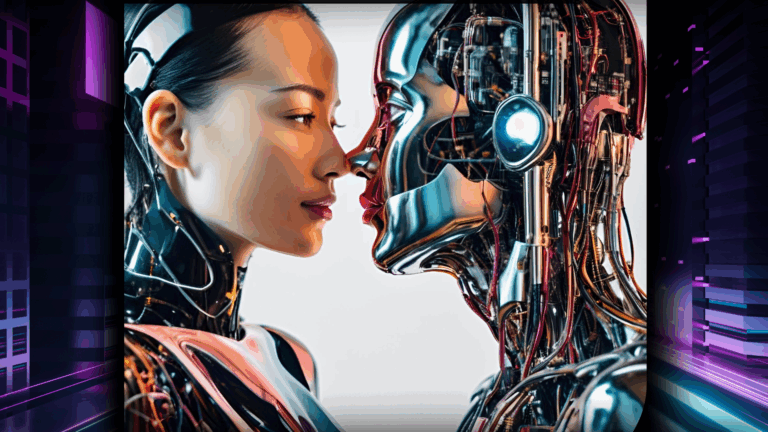Why Your Training Isn’t Sticking: The Empathy Gap in Traditional eLearning
If your team completes the modules yet still struggles with leadership conversations, conflict resolution, or negotiation, it is not a content problem. It is an empathy gap, a disconnect between passive, one-way instruction and the emotionally charged, back-and-forth reality of human work.
Traditional eLearning delivers information but rarely changes behaviour. Static slides and quizzes cannot replicate the emotional nuance of a real conversation where tone, body language, and timing shape outcomes. Without this human dimension, skills fade before they reach the workplace.
The Empathy Gap in Corporate Training
Soft skills are situational, relational, and emotional. Bullet points, quizzes, and slide decks do not teach you to read a frown, de-escalate tension, or adjust your tone in the moment.
That is why leading workplace learning programmes now emphasise practice-rich, emotion-aware designs. Without emotional cues, stakes, and real-time feedback loops, learners complete training but struggle to apply it when it matters most.
Practice, Immersion, and Retention
Experience is the bridge between learning and lasting change. When learners engage in realistic scenarios that mirror real work, complete with emotional reactions, tone shifts, and decision consequences, knowledge sticks.
Immersive simulations improve confidence and application by placing learners inside context-rich environments where they can experiment safely, reflect on mistakes, and adapt. Game-like mechanics, interactive dialogue, and feedback loops sustain engagement and motivation far better than traditional formats.
Emotional intelligence at scale: how Taika closes the gap
Taika, Virtual Dawn’s emotionally intelligent AI, recreates the dynamics of real conversations in a safe, repeatable environment.
- Persistent emotional memory:
Taika remembers past interactions and adapts across sessions, building personalised learning journeys instead of one-off experiences. - Real-time emotion awareness:
By interpreting and responding to human emotion in the moment, Taika helps learners practise managing their own emotional responses while navigating complex scenarios. - Emotion-aware NPCs for immersive practice: Dynamic NPCs bring scenarios to life, whether it is a difficult conversation with a virtual employee or a high-stakes negotiation with a client. This safe practice space helps refine communication and leadership skills.
Emotion-aware NPCs for immersive practice
Soft skills develop through rehearsal, not static content. Taika’s architecture enables dynamic, context-responsive virtual characters that adjust based on tone, decisions, and emotional state.
This means learners can practise sensitive conversations, whether delivering feedback to a team member or negotiating with a client, in a risk-free environment that feels authentic. Each interaction adapts in real time, offering learners both challenge and support.
Here’s what that looks like in action:
In the demo above, Taika introduces itself as a 3D practice partner that can be customised to any scenario. Whether as a supportive assistant, a demanding customer, or a neutral role-play partner, Taika interprets emotional states, provides feedback, and learns continuously from every interaction.
This makes Taika less like a training module and more like a colleague who never sleeps, always ready to help teams rehearse and refine critical soft skills until they become second nature
Why this matters for HR and L&D
- Faster skill acquisition with stronger transfer:
Immersive, emotionally intelligent learning experiences help employees move from theory to confident application in less time. - Measurable retention and behavioural outcomes:
Learners not only complete modules but also retain and apply what they learn, driving visible behavioural change across teams. - Scalable and equitable:
Once limited to costly workshops, high-fidelity practice is now accessible globally, on demand, and across any device.
From information to transformation
The goal of L&D is not just to inform but to transform, shaping how people behave under pressure. Traditional eLearning built for content delivery will continue to fall short.
Emotionally intelligent, simulation-driven practice is the missing layer that closes the empathy gap and makes training stick.
Transform How Your Team Learns
Empower your team with emotionally intelligent, immersive training experiences that turn knowledge into lasting behaviour and real-world performance.



